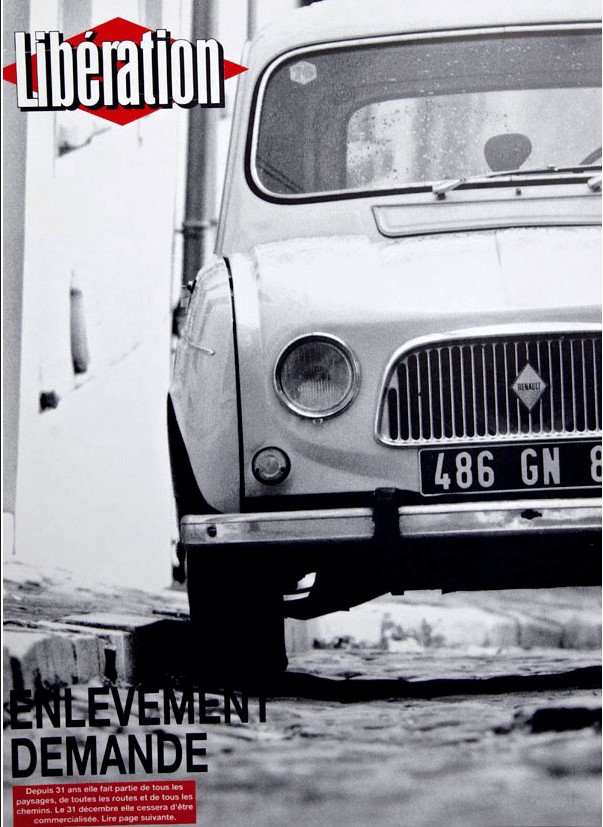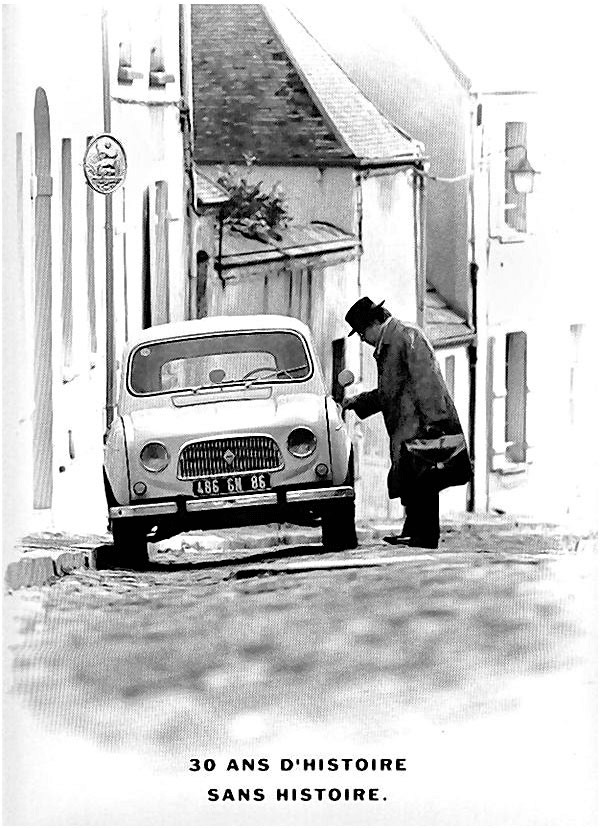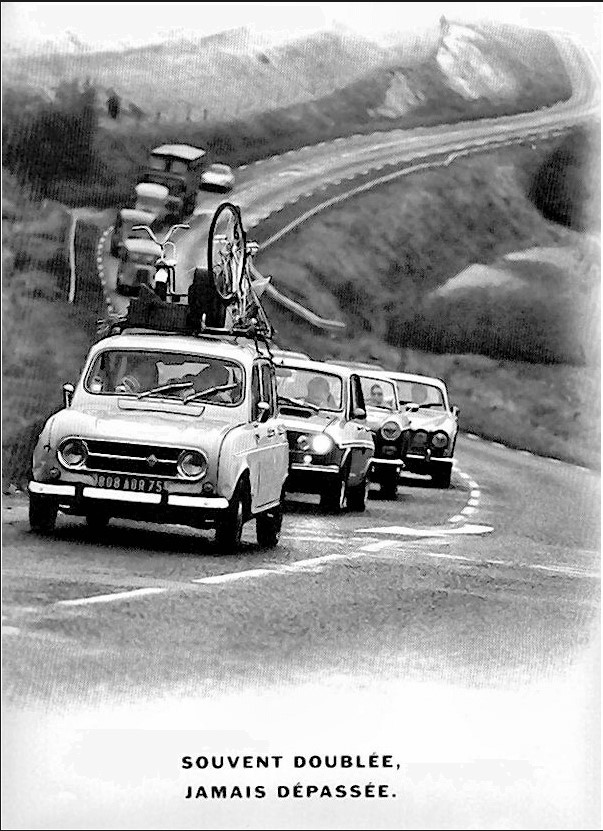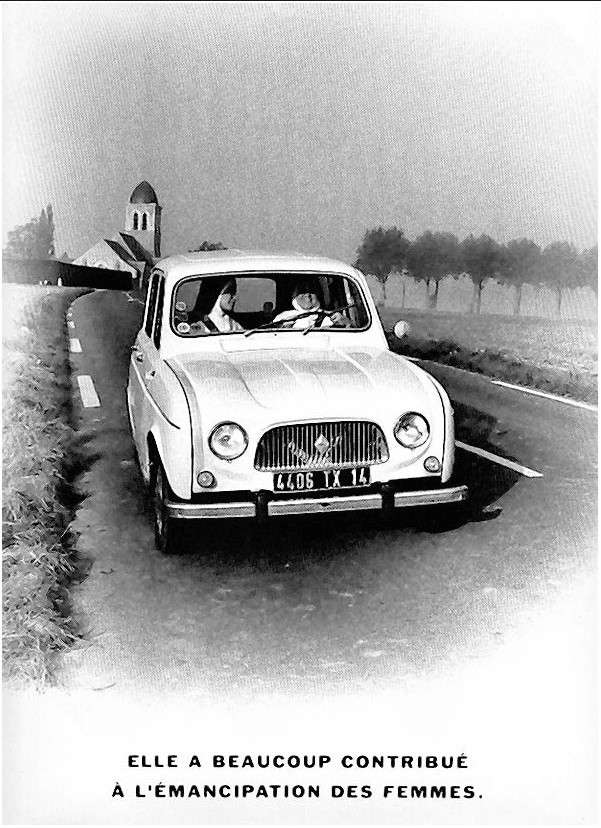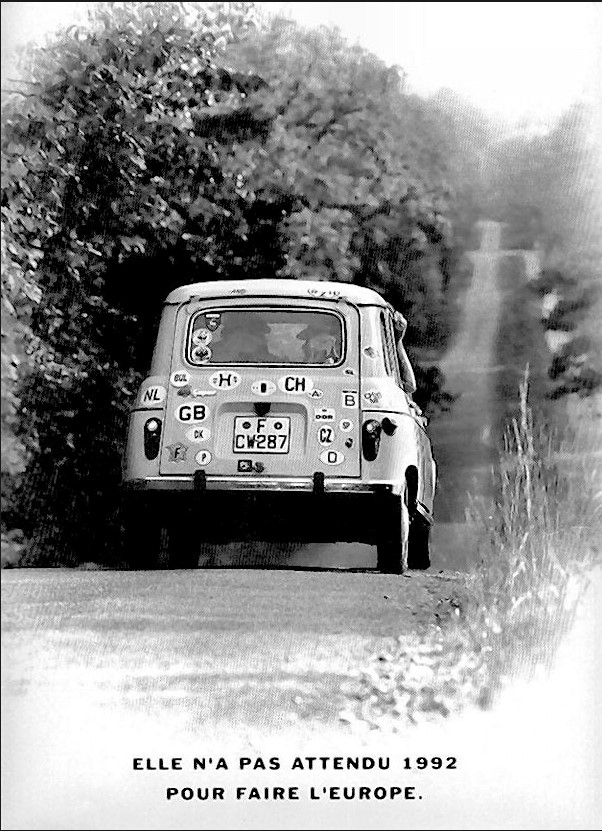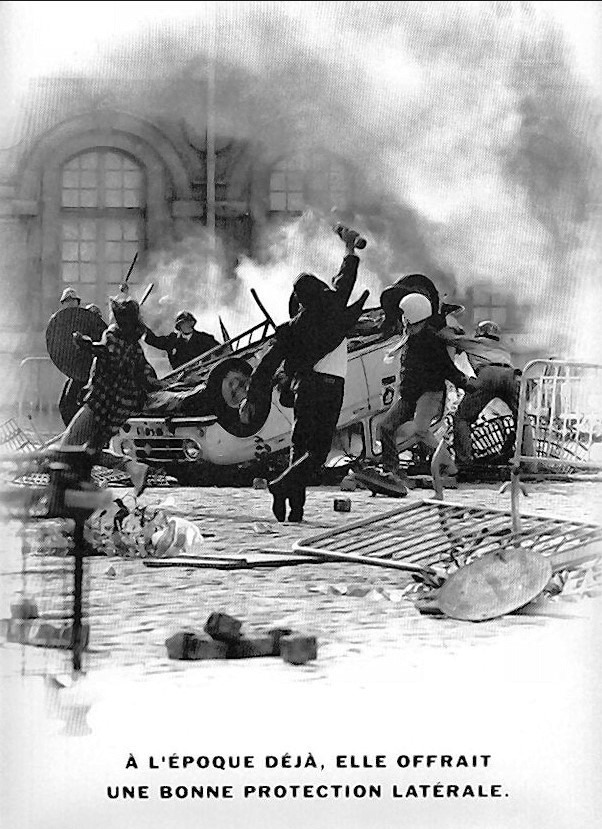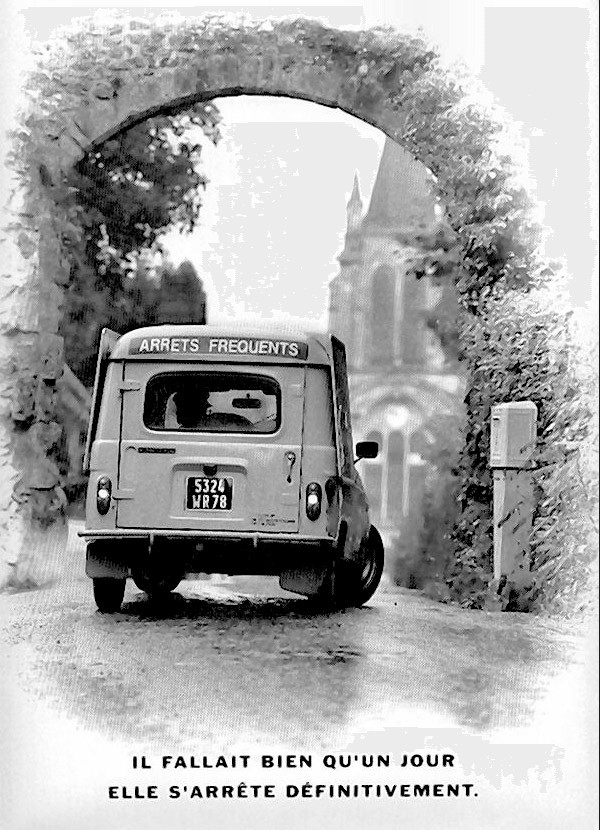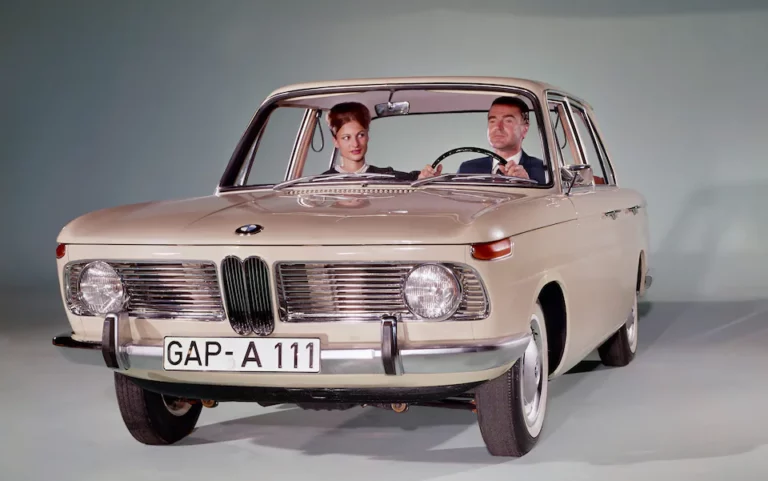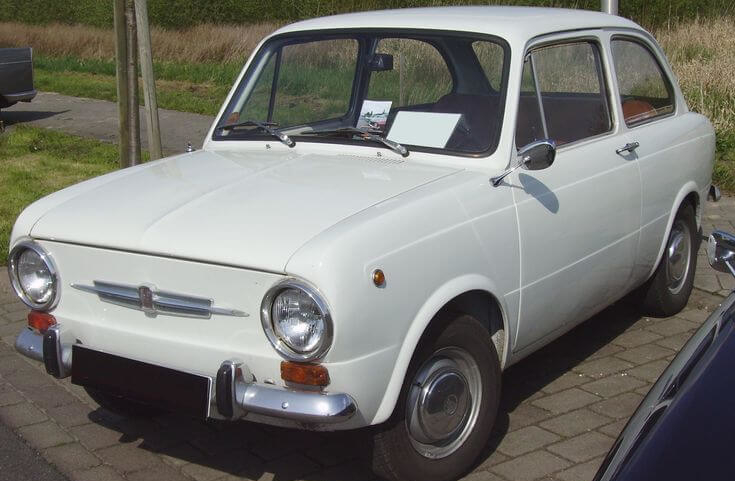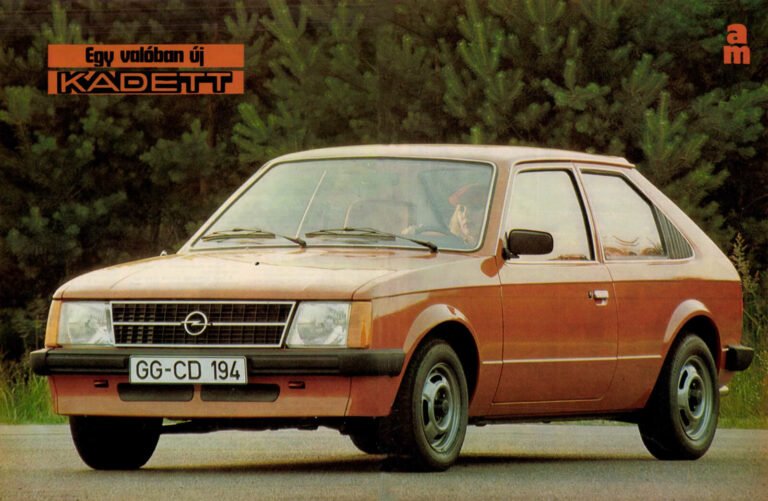1968 - Not pretty, but homely:
A RENAULT-4
The following article about the Renault-4 appeared in the November 21, 1968 issue of Autó Motor, unfortunately not signed by its author.
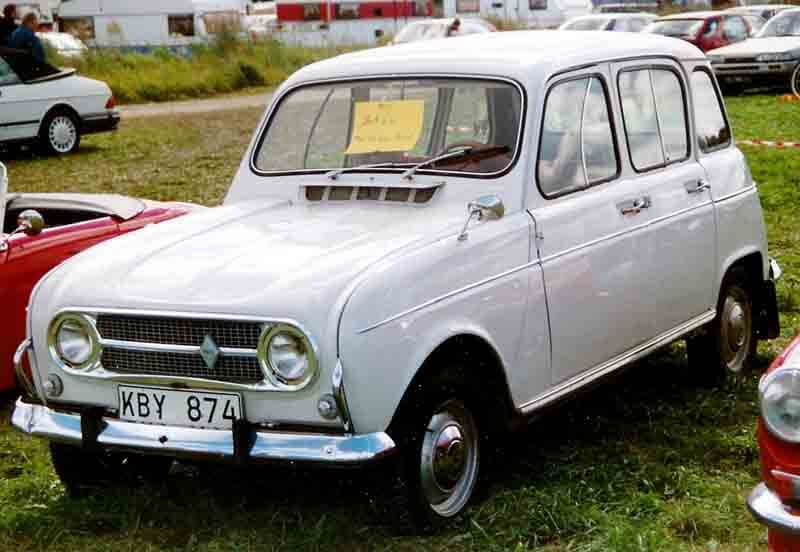
1967-1974 Renault 4L: By 1968 the car had a more modern aluminium grille, which it retained until 1974 Image source: wiki / Lars-Göran Lindgren
The type that was on the Merkur range at the time (1968), along with several other Western cars, was the 4L model, in production between 1967 and 1974. The car was already powered by the 845 cc 800/B1B engine, originally from the Renault Dauphin, which could accelerate the car to a top speed of 110 km/h. The cars on Hungarian roads were typically registered in the CU to IF range.
To put the 76 000 HUF selling price in perspective: in 1971, the Polski 125P at Merkur cost 98 000 HUF with a 1300 engine and 110 000 HUF with a 1500 engine. The Wartburg 353 cost 68 000 HUF, the De Luxe 74 000 HUF and the Tourist 78 000 HUF. According to the Hungarian Central Statistical Office (KSH), the average wage for full-time employees in Hungary in 1968 was 1 928 forints.
After more than thirty years of production, the car was discontinued at the beginning of December 1992, and Thierry des Oches paid tribute to the car with a series of ten photographs in "Libération". The series won the Golden Lion prize at the Cannes Lions International Advertising Festival. You can (also) see some of them in the article.
♠
The 1968 paper in full:
AZ R-4
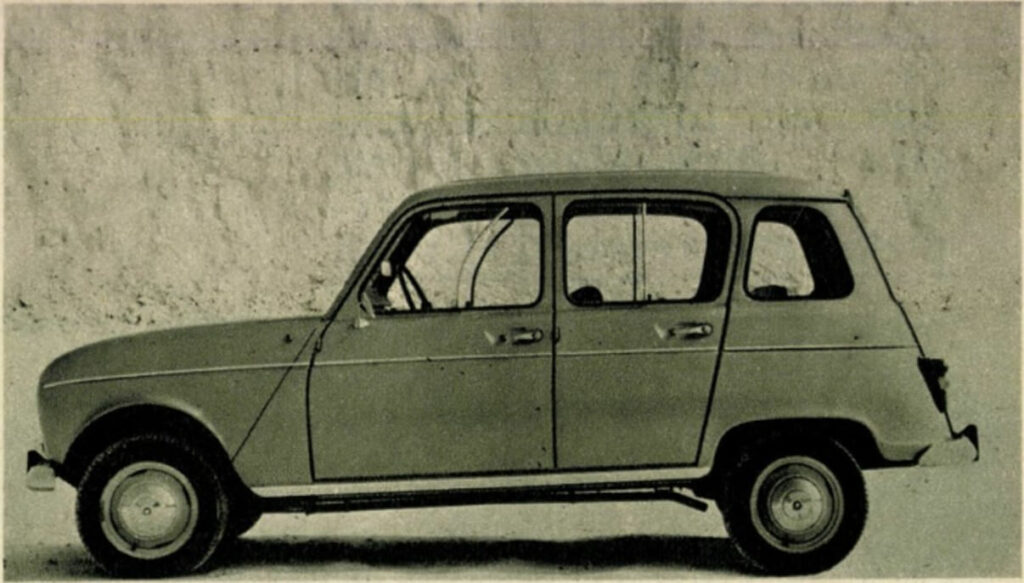
We must admit that we are very curious to see how Hungarian car buyers will receive this unique design, the practical value of which was described in the last issue of our magazine in an interesting opinion - and a strong praise - by József Gánóczy, a mechanical engineer, in his article "Notes of an R-4 owner".
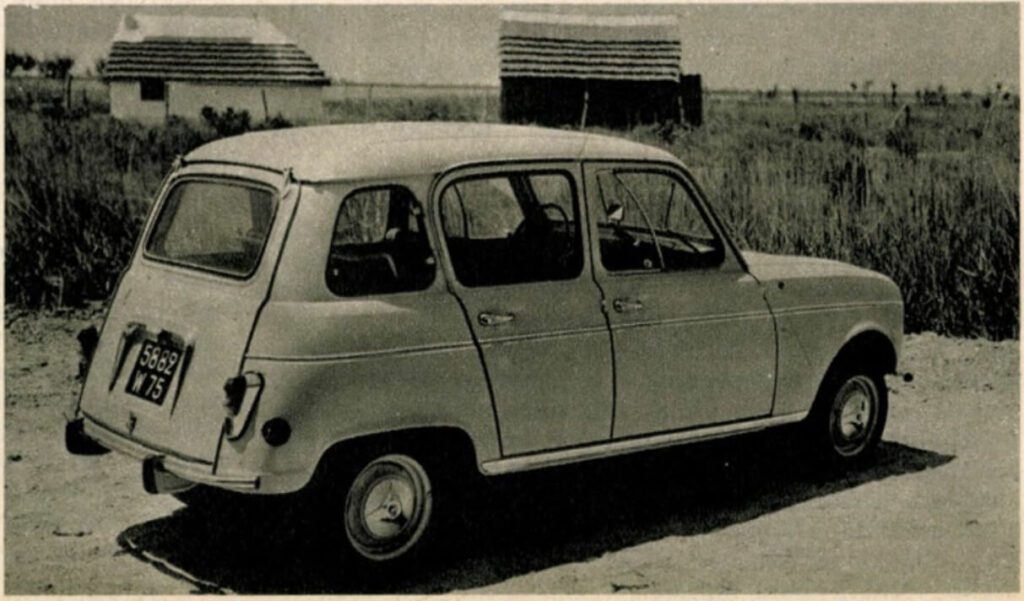
We promised to provide more detailed technical information on the car, which was tested by our staff at the start of the series. But we also quote the lines that appeared in our magazine on 15 December 1961 about the R-4, which at that time offered much more modest comfort:
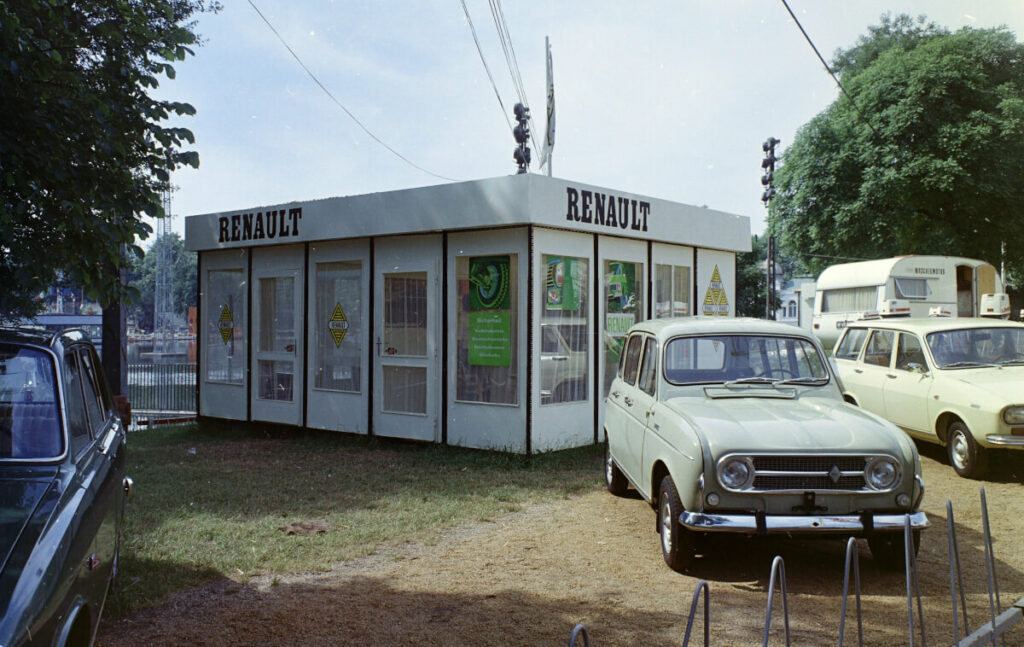
Hungary, 1971, Budapest XIV, Városliget, Budapest International Fair. Exhibition of French Renault passenger cars. Image source.
"The R-4 Renault models - simplified, front-wheel-drive cars with four torsion springs - have already been mentioned in the past. Now we have had the opportunity to take a closer look and even test them. In December 1961, the French factory presented two of its R-4s to invited Hungarian experts in Budapest. The cars performed well in the tests. The four-cylinder, in-line, four-stroke, overhead-valve engine of only 747 cc, developing 27.6 hp at 4500 rpm, really enabled the four-door car, loaded with four passengers and their luggage, to reach a speed of 100 km/h.
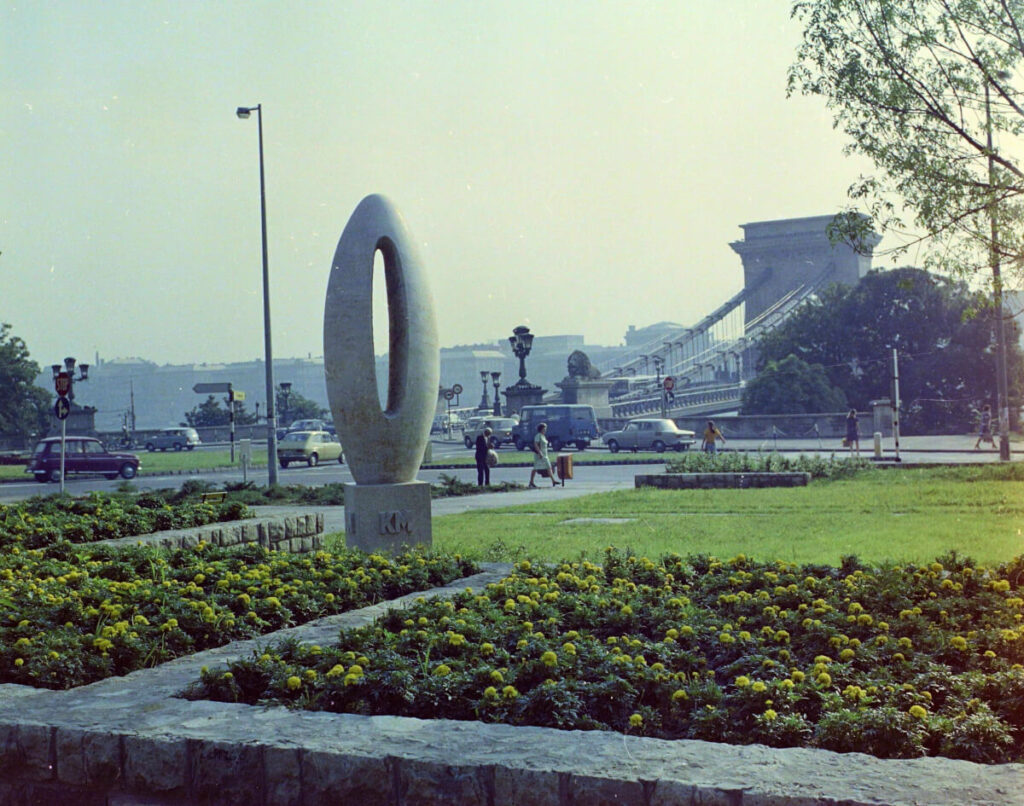
Hungary, 1975 Budapest I. Clark Ádám Square, kilometre stone "0" (Miklós Borsos, 1975.), Széchenyi Chain Bridge in the background. Image source.
The unpretentious exterior is full of wit, and for a small car in this class, they've really managed to approach the comfort of a big car. We found that simplicity nowhere compromised practicality. You could say - although not intended for a car - "It's not pretty, but it's homely." The car eye quickly gets used to a slightly chunky body if it proves practical. The R-4 promises to be just that. In fact, off-road, this fuel-efficient, small-wheeled vehicle moved as safely as it did in the busy city traffic that demanded agility ... ."
Well, 1961 was full a long time ago. Over time, a more elegant, more comfortable version with a more powerful engine than the original was created. The first delivery of this model has just arrived on the Hungarian market, and here are the details.
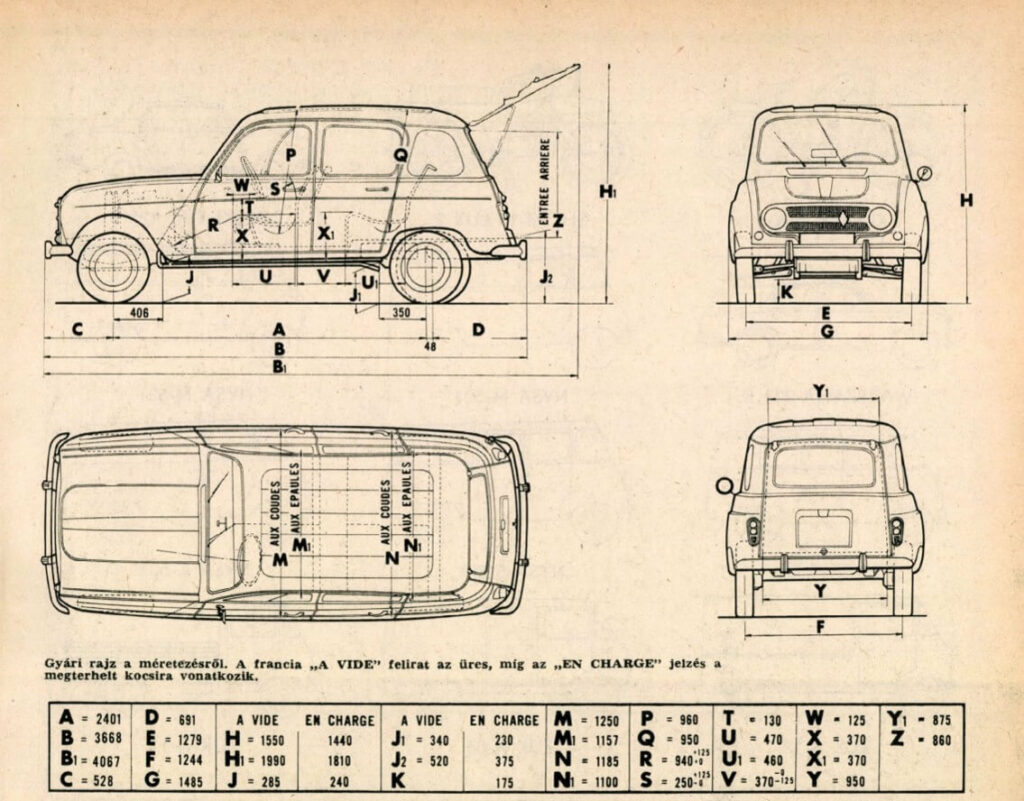
ENGINE: four cylinder in-line engine, bore 58 mm, stroke 80 mm, displacement 848 cm³. Compression ratio 8:1. Maximum engine power 27 DIN-LE and 30 SAE-LE at 4700 f/p. Maximum torque 5.9 SAE mkp at 2300 f/p. Engine power 31.9 DIN-LE/litre. Petrol octane 86-88.
Overhead valves, chain-driven camshaft, light alloy cylinder head. 2.5 litres lubricating oil. Cooling system capacity 4.8 litres - including cooling - factory-filled with antifreeze.
Solex-26 DIS-5, high flow atomizer, or Zenith 28-IF atomizer, dry air filter. Fuel tank capacity 26 litres.
Electrical equipment 6 volt. Automatic pre-ignition regulator with vapour weight and vacuum. Spark plug Champion L-87-Y or Marschal-36 type. Battery 6V, 70 Ao. Charging dynamo 204 W.
POWER: front wheel drive, dry clutch. Four-speed gearbox, all gears synchronised. Four-speed transmission, four-wheel drive, all gears, four-speed transmission, four-wheel drive, four-wheel drive.
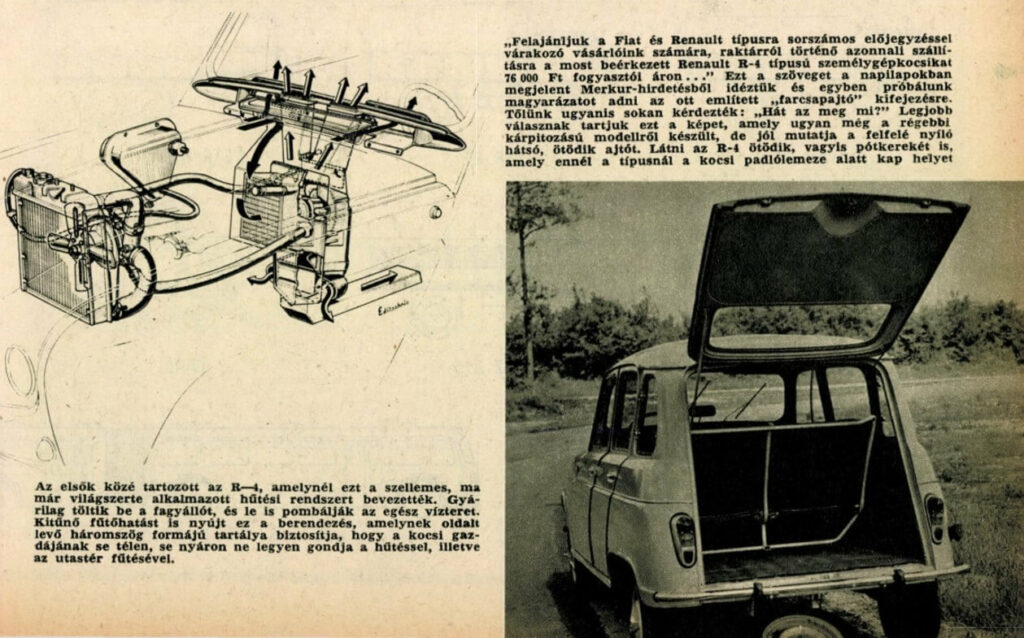
BODY AND CHASSIS: self-supporting, box-type body with reinforced front and rear struts. Independent front suspension with transverse swing arms, longitudinal torsion springs, hydraulic telescopic shock absorbers. Rear independent suspension with longitudinal control arms and adjustable transverse torsion springs. Hydraulic braking system, front and rear drum brakes, total braking surface 427 cm. Mechanical handbrake acting on the front axles. Rack and pinion steering. Tyre size 135X330. (Radial, with hose.)
DIMENSIONS: wheelbase right 2443 mm, left 2395 mm (the different wheelbase is due to the use of parallel transverse torsion bars at the rear). Turning circle diameter 9,3 m. Five-door, four-seater bodywork. Overall length 3668 mm, width 1485 mm, height 1550 mm. .
Boot space 390 dm³. Unladen weight 630 kg, maximum permissible gross laden weight 950 kg.
PERFORMANCE: top speed 110 km/h, power/weight 23.3 kg/DIN-LE. Practical consumption 5.5-6 litres/100 km.
♠
After more than thirty years of production, the car was discontinued at the beginning of December 1992, and Thierry des Oches paid tribute to the car with a series of ten photographs in "Libération". The series won the Golden Lion prize at the Cannes Lions International Advertising Festival.
